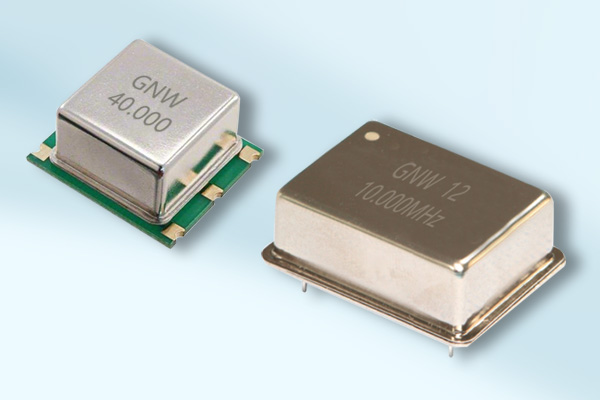
A quartz crystal inside the oscillator is the resonator. It can be made of natural or synthetic quartz, but all modern devices use synthetic quartz. The crystal strains (expands or contracts) when a voltage is applied. When the voltage is reversed, the strain is reversed. This is known as the piezoelectric effect. Oscillation is sustained by taking a voltage signal from the resonator, amplifying it, and feeding it back to the resonator. The rate of expansion and contraction is the resonance frequency and is determined by the cut and size of the crystal. The output frequency of a quartz oscillator is either the fundamental resonance or a multiple of the resonance, called an overtone frequency. Most high-stability units use either the third or the fifth overtone to achieve a high Q. Overtones higher than fifth are rarely used because they make it harder to tune the device to the desired frequency. A typical Q for a quartz oscillator ranges from 104 to 106. The maximum Q for a high-stability quartz oscillator can be estimated as Q = 16 million/f, where f is the resonance frequency in megahertz.
晶体振荡器内部的石英晶体是谐振器。它可以由天然或合成的石英制成,但所有的现代设备都使用人工石英。当施加电压时,晶体应变(膨胀或收缩)。当电压反向时,应变反向。这就是所谓的压电效应。振荡是通过从谐振器中获取电压信号、放大并反馈给谐振器来维持的。膨胀率和收缩率是共振频率,由晶体的切割和尺寸决定。石英振荡器的输出频率是基本谐振或谐振的倍数,称为泛音频率。大多数高稳定性单位使用第三或第五泛音,以实现高Q。泛音高于第五很少使用,因为这种方式更难调出设备所需的频率。石英振荡器的典型Q值范围为104到106。高稳定度石英振荡器的最大Q值可以估计为Q=1600万/f,其中f是以兆赫为单位的谐振频率。




